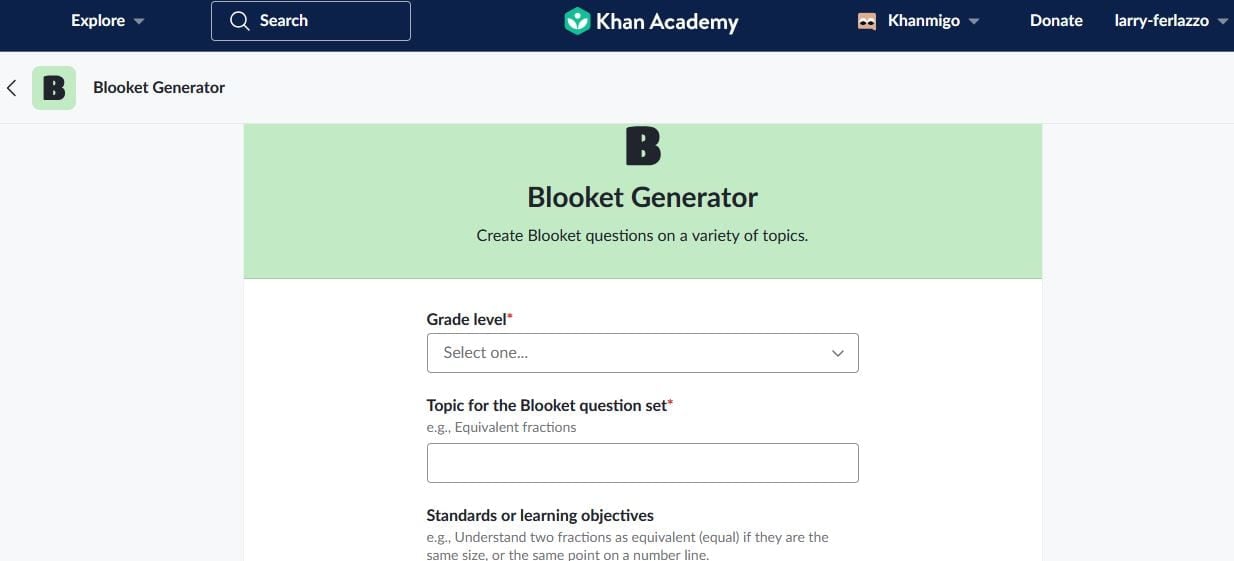Trailing slash in RESTful API
I have been having a debate about what to do with a trailing slash in a RESTful API. Lets say I have a resource called dogs and subordinate resources for individual dogs. We can therefore do the following: GET/PUT/POST/DELETE http://example.com/dogs GET/PUT/POST/DELETE http://example.com/dogs/{id} But what do we do with the following special case: GET/PUT/POST/DELETE http://example.com/dogs/ My personal view is that this is saying send a request to an individual dog resource with id = null. I think the API should return a 404 for this case. Others say the request is accessing the dogs resource i.e. the trailing slash is ignored. Does anyone know the definitive answer?
I have been having a debate about what to do with a trailing slash in a RESTful API.
Lets say I have a resource called dogs and subordinate resources for individual dogs. We can therefore do the following:
GET/PUT/POST/DELETE http://example.com/dogs
GET/PUT/POST/DELETE http://example.com/dogs/{id}
But what do we do with the following special case:
GET/PUT/POST/DELETE http://example.com/dogs/
My personal view is that this is saying send a request to an individual dog resource with id = null. I think the API should return a 404 for this case.
Others say the request is accessing the dogs resource i.e. the trailing slash is ignored.
Does anyone know the definitive answer?









![[DEALS] iScanner App: Lifetime Subscription (79% off) & Other Deals Up To 98% Off – Offers End Soon!](https://www.javacodegeeks.com/wp-content/uploads/2012/12/jcg-logo.jpg)
































































